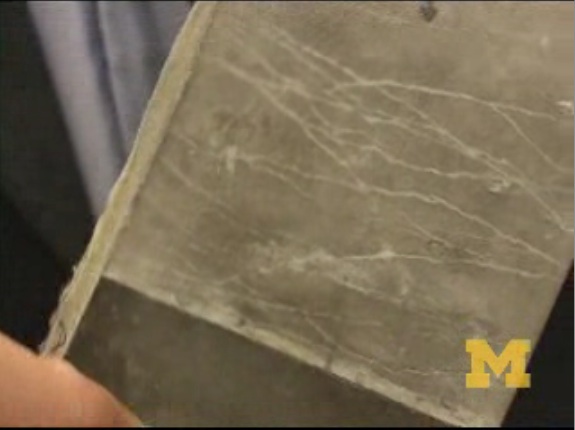
|
This is look at Victor Li’s latest innovation: self-healing concrete. Cement and Concrete Research Even after a 3 percent tensile strain, Li’s samples recovered nearly Li and his research group have spent more than a This kind of thing is always great stuff, but Li delivered a keynote address Also see the video about Li’s bendable concrete. |
